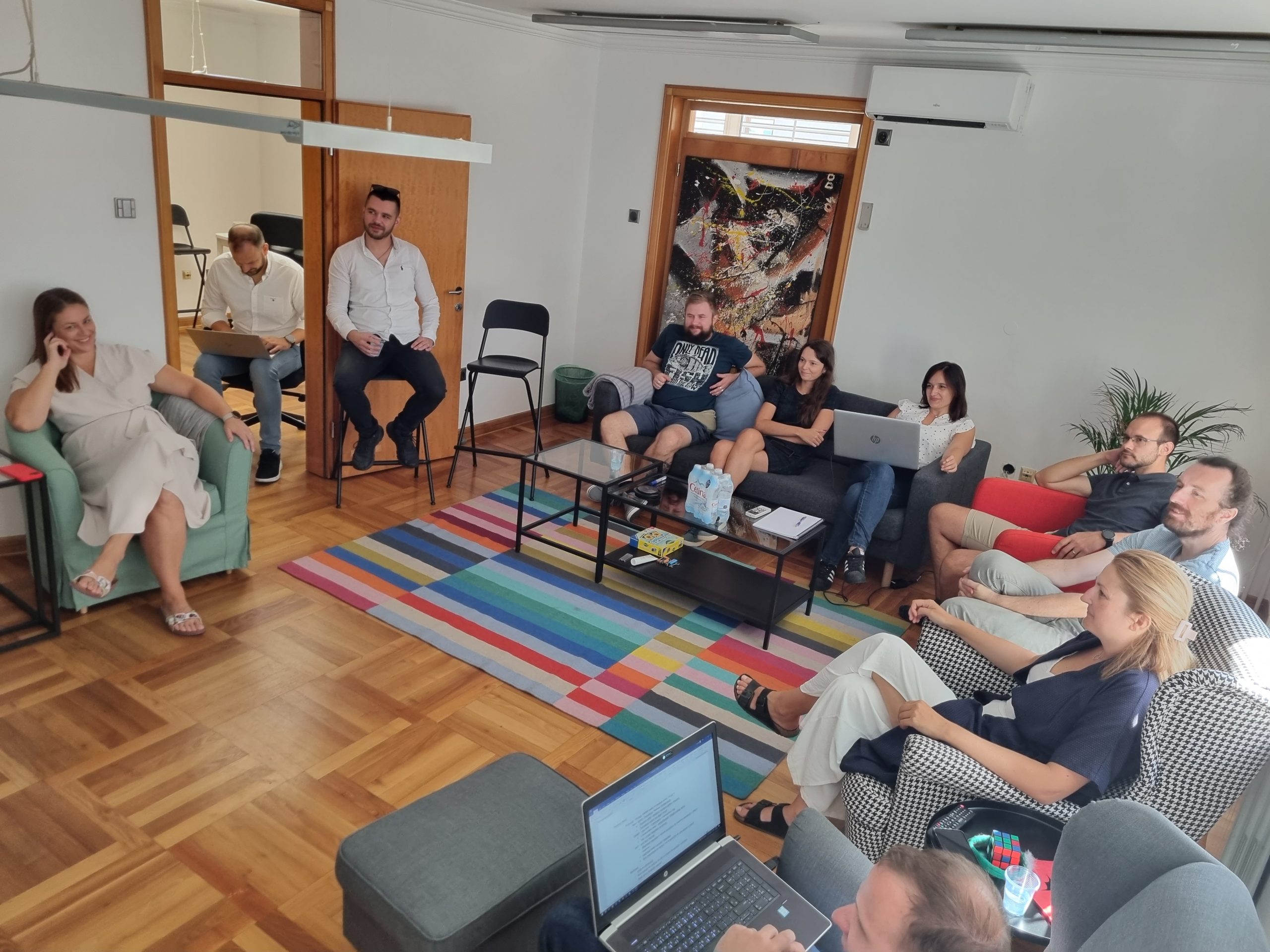Over the years, I’ve had the privilege of being part of various development teams, each with its own unique dynamics, challenges, and triumphs. These experiences have taught me to appreciate the critical importance of certain qualities that set exceptional software development teams apart.
From late-night coding sessions to collaborative brainstorming meetings, I’ve witnessed firsthand the impact of teamwork, communication, and a shared commitment to excellence. These qualities not only drive the success of individual projects but also cultivate a culture of innovation and continuous improvement within the software development team.
In this article, drawing from my own experiences and observations, I’ll explore the traits that enable teams to tackle complex challenges, deliver high-quality solutions, and ultimately, achieve remarkable success in the ever-evolving landscape of software development.
Writing Clean Code
- In my experience as a developer working in collaborative team environments, I’ve encountered projects where a single method or class, extending across hundreds of lines of code, became a significant challenge for the team. It’s a situation many senior developers can relate to: a piece of code so complex that no one on the team dares to touch it. But why does this happen?
- Clean code isn’t just about following coding standards; it’s about creating code that is easy to understand, modify, and debug. Clean code reduces confusion, enhances productivity, and fosters a sense of pride in the work we produce. Reading and modifying the clean code is a breeze, empowering developers to make changes confidently and efficiently. It also minimizes onboarding time for new team members, allowing them to quickly grasp the project’s structure and contribute effectively.
By prioritizing clean code practices, we not only improve the quality and maintainability of our software projects but also create a more collaborative and enjoyable development environment for ourselves and our team members.
Asking the Right Questions
- Have you ever encountered a situation where you’re well into implementing a new feature, only to discover it inadvertently interferes with an existing one? Or perhaps you’ve stumbled upon a previously unexplored use case that has the potential to transform an entire feature. Even worse is when code is already in production, and something stops working because no one asked how the new feature might interfere with the old ones. These moments underscore the critical importance of asking the right questions.
- But what are the right questions? I’m tempted to say: all questions are the right ones – and often, they are. However, the reality is that asking the right ones can make all the difference, and sometimes even the simplest question can uncover a major issue with a new feature. The more questions you ask, the more likely you are to get everything right from the start.
By asking the right questions, developers can ensure that they’re building the right features and delivering value to stakeholders. Effective communication through questioning helps clarify expectations, identify potential issues early on, and foster a collaborative environment within the team.

Embrace Change
- We live in the fast-paced world of software development and need to accept change as an inevitable part of the journey. In this dynamic landscape, project requirements shift, technologies emerge, and market demands evolve with astonishing speed. It’s not a matter of if change will occur, but when.
- Embracing change requires more than mere acceptance; it demands an open-mindedness and adaptability that allows us to thrive in uncertainty. Developers who embrace change welcome new ideas and approaches, unafraid to venture into uncharted territory in pursuit of innovation. They understand that flexibility and resilience are essential traits for navigating the ever-changing currents of our industry.
Embracing change isn’t just about survival; it’s about seizing opportunities for growth and advancement. By embracing change, developers can turn challenges into stepping stones, driving innovation and progress within their teams and beyond.
Seeing the Big Picture
- In the fast-paced world of software development, it’s easy to get lost in the details of coding and technical implementation. However, successful development goes beyond writing lines of code; it requires an understanding of the project’s objectives, requirements, and broader context.
- Seeing the big picture means stepping back from the code editor and viewing the project as a whole. It means understanding not only the technical aspects but also the business goals, user needs, and market dynamics driving the project.
- Developers who see the big picture are better equipped to make informed decisions, anticipate challenges, and contribute meaningfully to the project’s success. By understanding the larger context in which their work fits, developers can align their efforts with organizational goals, prioritize tasks effectively, and deliver solutions that meet the needs of both users and stakeholders. Additionally, they can propose new features or improvements that clients may not have envisioned, helping to create applications that exceed expectations. This collaborative approach ensures that the final product is not just functional but truly impactful.
- Moreover, seeing the big picture fosters collaboration and communication within the development team. When developers have a shared understanding of the project’s objectives and requirements, they can work together more effectively, leverage each other’s strengths, and overcome obstacles as a cohesive unit.
In essence, it is about seeing the forest for the trees. It’s about recognizing that successful software development requires more than just writing code; it requires a perspective that encompasses the project’s goals, stakeholders, and broader impact.
Not Afraid to Say “I Don’t Know”
- In the world of software development, the pressure to have all the answers can be intense. However, acknowledging what you don’t know is a sign of honesty and self-awareness, qualities that are invaluable in any profession.
- Imagine you’re faced with a problem or question that you don’t have an immediate answer to. Instead of pretending to know or attempting to bluff your way through, you take a moment to pause and admit, “I don’t know.” This simple phrase may seem daunting, but it’s a powerful demonstration of integrity and humility.
- Admitting that you don’t know something shows that you’re open to learning and willing to seek out the knowledge or assistance you need to succeed. It’s a testament to your commitment to excellence and continuous improvement.
Moreover, it fosters an environment of trust and transparency within your team, where colleagues feel comfortable admitting their own uncertainties and collaborating to find solutions together.
Conclusion
- In conclusion, such teams create an environment where innovation thrives, and excellence becomes the norm. As you strive to build and nurture your own software development team, remember that success isn’t measured solely by the lines of code written or the number of features delivered.
True success lies in your team’s strength in collaboration, communication, and commitment to continuous improvement.
By embracing these qualities, you can lead your team to greatness in the ever-evolving world of software development.







